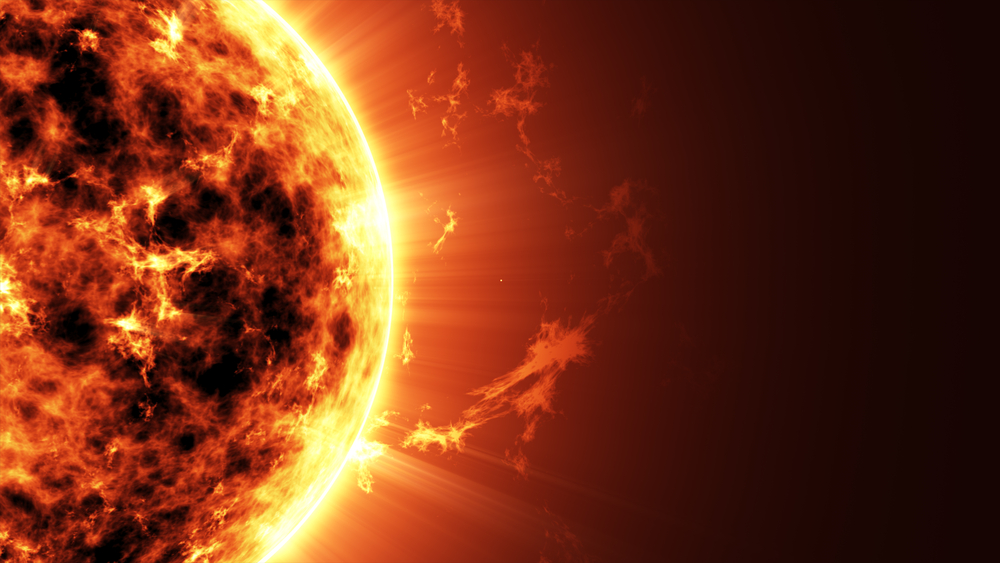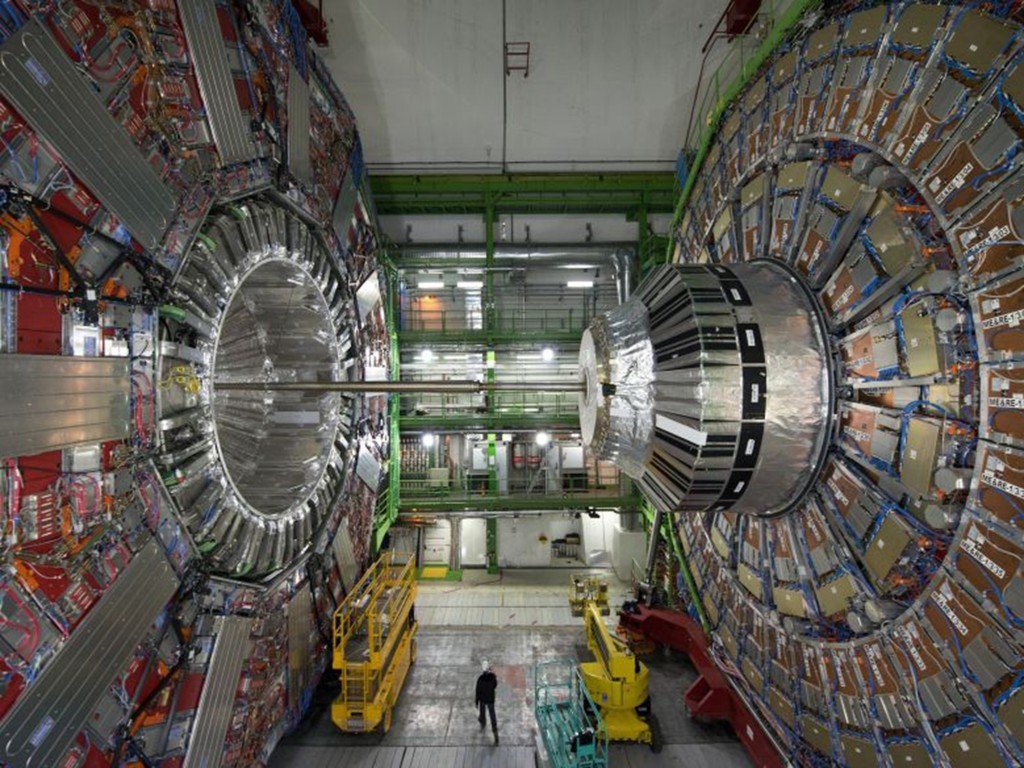The weak force (stronger than gravity) plays a vital role in explaining the processes that govern the Universe on a fundamental scale.
One of the strongest forces of nature – literally called “strong force” — holds the Universe together by making sure that atoms don’t fly apart from each other. At first glance, the strong and weak forces might seem like polar opposites, with their effects barely perceptible on the macroscopic scale. However, it is at the atomic level that their influence is undeniable.
The strong force maintains the cohesion of atomic nuclei, a phenomenon of immense significance in our universe.
Yet, in the intricate realm of particles and forces, the influence of weak force cannot be ignored. This force has an extremely short range, even shorter than the size of a nucleon, and its effect diminishes quickly as distance increases.
[sciabcvideos]
What Is The ‘Weak Force’?
The weak force is one of the four fundamental forces of nature. It is responsible for the radioactive decay observed in radioactive elements, where a neutron decays into a proton, electron and an antineutrino. This is called beta decay.
This process involves the conversion of a down quark into an up quark, a shift that is mediated by Bosons. Quarks and Bosons are fundamental particles that play crucial roles in the behavior of matter and forces in the Universe. Quarks are the building blocks of protons and neutrons, which compose the nucleus. Bosons basically mediate the fundamental forces. Specifically, W and Z bosons facilitate the nuclear force involved in radioactive decay.
Basically, weak force affects the building blocks of matter – quarks — which make up protons and neutrons. The balance between the number of protons and neutrons is essential in a nucleus.
Such reactions are happening continuously in the Sun and other stars; in fact, this is what makes them shine.
The weak force, in addition to its role in beta decay, is also involved in a process called electron capture. That’s where the nucleus of an atom grabs an orbiting electron in the presence of protons and neutrons, making a proton change into a neutron. Even though this action includes the swapping of Bosons – particles that carry the weak force – it demonstrates the interaction between material particles and these Boson particles.
Here’s a fun way to think about it: Imagine the atom as a city, with the nucleus as mayor, and the electron as a roaming tourist. If the mayor (nucleus) ‘captures’ the tourist (electron), it can change one of its local residents (proton) into a different kind of resident (neutron). The process by which the mayor interacts with the tourist and residents is facilitated by ‘buses’ (Bosons).
Also Read: What Exactly Is Radioactivity ?
Astrophysical Insights
Extreme temperatures and pressures prevail in the cores of stars. The nuclear reactions happening in a stellar core is driven by such intense conditions due to the strong force observed between subatomic particles.

These reactions contribute to stellar nucleosynthesis—the formation of elements heavier than hydrogen and helium.
The reaction responsible for producing energy in stars like the Sun is called a p-p chain reaction or proton-proton reaction. Four protons fuse together to form a helium nucleus, releasing energy in the form of heat and light during the process. Neutrinos, called “ghostly particles,” are not only the product of the weak force, but can also easily pass through atoms without really interacting with them.
These particles provide important insights into the internal processes of celestial bodies. As these subatomic particles do not interact with the surrounding matter, they are extremely valuable for gaining information about the inner workings of the Sun.
Also Read: How Were The Elements Created?
How Is The Weak Force Actually Studied?

Technological advancement plays a major role in acquiring information about the weak force. Studying the weak force requires sophisticated tools and experiments. The Large Hadron Collider (LHC) at CERN is one such instrument, allowing scientists to recreate conditions similar to those present just after the Big Bang. By colliding particles at high speeds, researchers can study the particles produced and gain insights into the fundamental forces at play, including the weak force.
The discovery of the Higgs boson within the LHC was a milestone in understanding the weak force’s role. This particle, associated with the mechanism by which particles gain mass, provided further evidence for the electroweak theory, which unifies the weak force with electromagnetism at high energies.
Also Read: What Is The Higgs Boson?
Unification Of Weak And Electromagnetic Forces
One of the most remarkable achievements in the realm of particle physics is the unification of the weak force and electromagnetism into a single theoretical framework—the electroweak theory. The electroweak theory introduces the concept of spontaneous symmetry breaking, explaining how the W and Z bosons, initially thought to be mass-less like photons, acquire mass while still preserving the fundamental symmetries of the weak force and electromagnetism.
Summing Up
In conclusion, the decay of unstable elementary particles, such as mesons, essentially initiate the nuclear fusion that happens in the cores of stars.
While the weak nuclear force may not possess the presence of the strong force, its significance cannot be overlooked. From its role in beta decay and neutrino production to its influence on nucleosynthesis in stars, the weak force plays a pivotal role in shaping the cosmos.
As our understanding deepens and technology advances, we continue to peel back the layers of this subtle yet essential force, uncovering the mechanisms that govern the universe on its smallest scales. The weak force may not command the spotlight for quantum lovers, but its contributions are of extreme importance to all the branches of physics.
How well do you understand the article above!

References (click to expand)
- Fabbri, L. (2011, July 1). From the Torsion Tensor for Spinors to the Weak Forces for Leptons. International Journal of Theoretical Physics. Springer Science and Business Media LLC.
- Forces | Universe.
- Fundamental Forces.
- Howe, A. R., Grohs, E., & Adams, F. C. (2018, September 20). Nuclear processes in other universes: Varying the strength of the weak force. Physical Review D. American Physical Society (APS).
